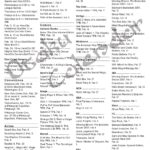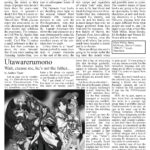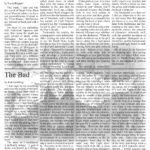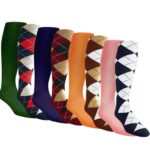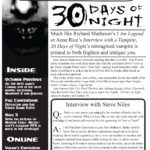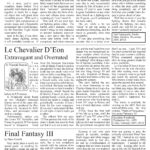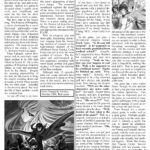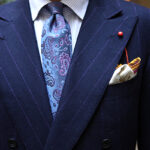Today I want to talk about patterns and pattern matching. While this may seem like an overwhelming task to the uninitiated, it’s really very simple. But before we go into the how of pattern matching, it’s important that we have an idea of what some of the most common patterns are.
Stripes
Stripes are parallel bands of different colors. The bands of color may be of equal size or one or more stripes may be smaller, as in pin stripes.
Dots
Often referred to as polka dots, dots are an array of equally sized circles arranged regularly across a garment. The dots can range in size from large dots like a clown’s suit, or smaller “pin dots” more common on modern shirts and ties.
Check
The check pattern is formed by perpendicular rows of stripes that form an array of squares on the fabric. The most simple and recognizable check pattern can be found on a checker or chess board. Popular check patterns include gingham, plaid, madras, and hounds tooth.
Argyle
Argyle is very similar to the checked patterns except it is created by overlapping layers of lozenges. Often associated with socks, argyle today is also common on sweaters, sweater vests, and cardigans.
Paisley
The paisley pattern is Persian in origin and consists of many stylized droplet shapes. It was very popular during the psychedelic movement of the 1960s and 1970s and today it is often seen on shirts, ties, and pocket squares.
Floral
A floral pattern is one that uses flowers or botanical elements as the primary motif in its composition. Floral patterns can be found on everything from shorts and shirts to suits and ties.
So how do we mix and match all of these patterns together? Here are a few simple guidelines that will help us get it right.
Use a similar color
When first adding patterns to our outfits, it’s best to start by using colors that are in the same color family. If we’re wearing a blue shirt, the pattern of our tie should have some blue in it as well. The similar colors will tie the two pieces together and highlight one another.
Use a complementary color
Using complementary colors when mixing patterns is a great way to draw attention to our outfit without breaking up the unity of it. For example, if our suit is blue, a paisley orange and blue pocket square would be a good addition.
Mind the scale of the patterns
The easiest way to mix patterns is to alternate the scale. For instance, pair a tie with thick, bold stripes with a shirt that has thin pin stripes; if we have small dots on our shirt, pair it with a pocket square with large dots. If we are mixing patterns, it is better to match their scales. Small, window pane checks would work better with thin stripes or small dots.
The final takeaway is that our patterns should be complementing one another, not competing with each other. Let me know in the comments what some of your favorite patterns and pattern combinations are.
Sources used in this article:
http://www.fashionbeans.com/2012/the-art-of-pattern-mixing/
http://www.askmen.com/fashion/fashiontip_150/156_fashion_advice.html
https://www.gentlemansgazette.com/pattern-matching-good-taste-test/
http://www.moderngentlemanmagazine.com/mens-style-suits-pattern-mixin/







